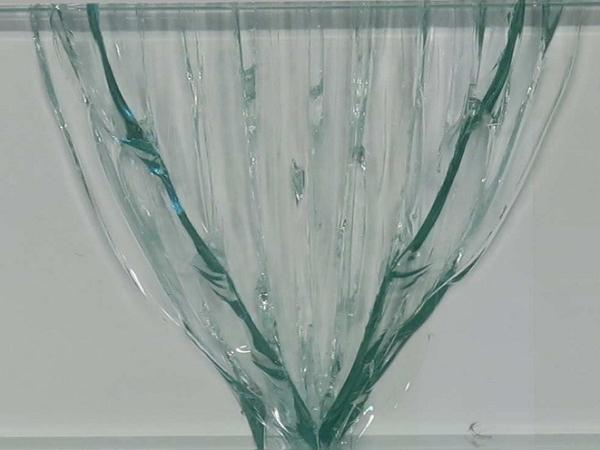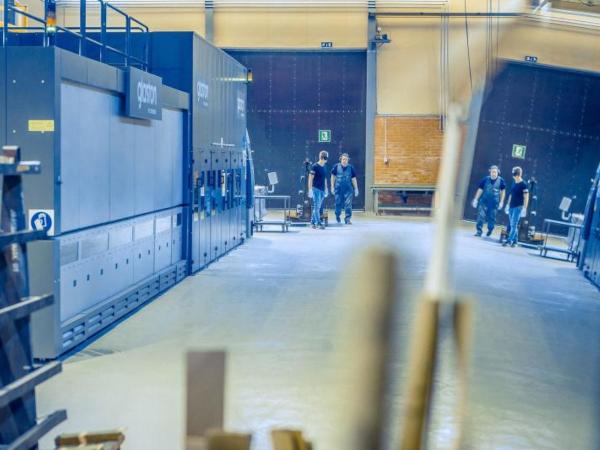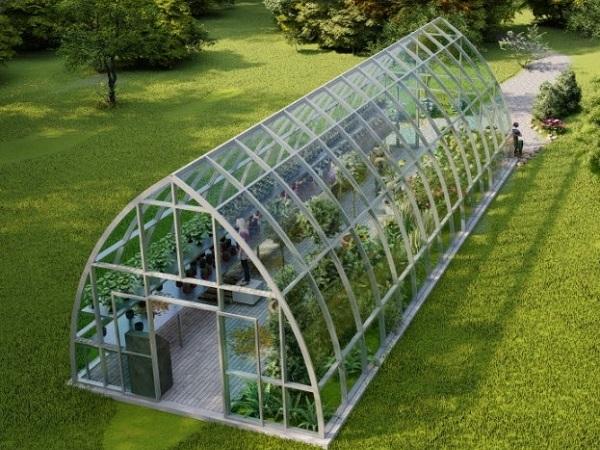Others also read
| Curved glass is fundamental in advanced architecture which incorporates a magnitude of glass with organic forms throughout these cutting-edge design structures.
| Spontaneous breakage of fully tempered glass in facades is under control today when the heat soak process according to EN 14179-1 (2006/2016) is rigorously carried out.
| The research paper gives an idea and compares the structural behaviour and fracture pattern and evaluates laminated glass samples with PVB, Ionoplast and EVA interlayers.
| The objective of this research is to facilitate a waste-free fabrication of doubly curved glass elements and a facile, fast, low-cost mold-making process for the hot bending of glass.
| This paper deals with experiments and numerical simulations of cylindrically curved IGUs.
| In the latest Glastory blog, Jukka Immonen shares some practical tips for optimizing energy consumption in automotive glass production. From preprocessing to final inspection, there is huge potential every step of the way.
The influence of fracture pattern on the residual resistance of laminated glass at high strain-rates
| An experimental investigation of the post-fracture bending moment capacity based on time-temperature mapping of interlayer yield stress
| Read the latest Glastory blog by Taneli Ylinen.
| A study was made of the impact resistance of annealed, heat-strengthened, and fully tempered laminated glass using test panels.
| The trend in modern architecture towards a steady optimisation of building envelopes is continuing. Beside its function as a design element, a façade also contributes to the building’s energy balance.
| The durability of an innovative polymeric coating recently developed by the authors to prevent stress corrosion in annealed glass is herein examined.
| The impact of building glass breakage on personnel injury was considered in this model.
| In this third episode of the #AskGlaston flat tempering series, Taneli Ylinen deals with the commonly asked question of how to handle the issues with mixed production.
| In this post, we discuss what emerging designs require and how automotive glass processors can meet these requirements.
| This paper presents a study on the development of a bonded edge seal for fluid-filled insulating glass units.
| The results of the classification of hail resistance classes for different materials for greenhouse enclosures are presented in this paper.
| The strength of glass plays an important role in the dimensioning of glass components in the building industry. A major factor determining float glass strength is damage such as scratches or cracks due to the brittle material behavior of glass.
| The main challenge in the design of the duplex façade was the high aesthetical performance that the façade had to meet.
Investigations on the Cold Bending Behaviour of a Double Glazing Unit with a Rigid Edge-Spacer Frame
| In this study, the bending process of specially-fabricated double glazing units (‘panels’) is investigated with a focus on a local instability phenomenon.
| In this paper, we present the development of an intrinsic parameter σQM characterizing the sensitivity of a coating (or configuration) to the quench marks.
| This paper presents work undergone for a set of four high-rise towers, featuring 11,136 unique cold-bentpanels, hundreds of which are pushed beyond 250mm.
| The paper presents the results of FEM analysis as well as tests performed on double glazed units including Sikasil® IG-25 secondary sealing joints and SikaGlaze® IG-5 PIB as primary seal.
| The economy globalizes. The industries concentrate. The productions become uniform. Cultural specificities disappear. About architecture and glass in architecture, it is the same phenomenon.
| “Going ahead of the Curve” is what the advertisement states outside of newly remodeled, Class A office building in Ottawa, Canada.
| In the second episode of #AskGlaston Flat Tempering Series, we will talk about the new solution to estimate the stress level in glass – online.

























